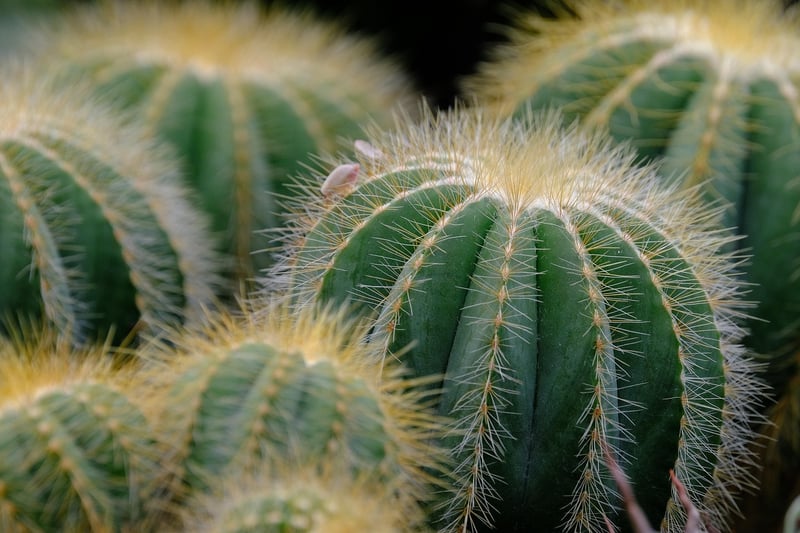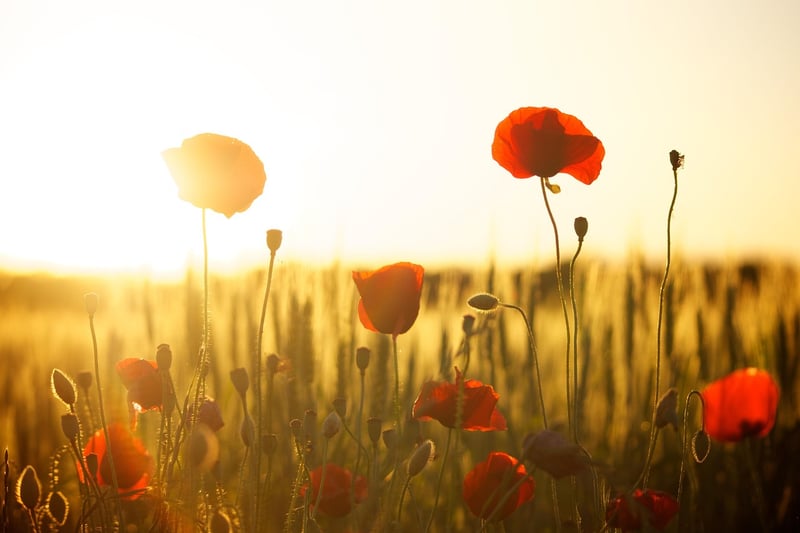Optimal Placement
Understanding Plant Needs and Optimal Placement
Introduction
Plants are not just decorative elements; they are living organisms that require proper care to thrive. Understanding a plant's needs and placing it in the right location is crucial for its health and growth. In this article, we will explore the key factors to consider when caring for plants and the optimal placement for different types of plants.
Factors to Consider for Plant Care
- Light: Different plants have varying light requirements. Some prefer direct sunlight, while others thrive in low light conditions. Understanding your plant's light needs is essential for its growth.
- Water: Overwatering or underwatering can harm plants. It is important to water your plants according to their specific requirements and ensure proper drainage to prevent root rot.
- Temperature and Humidity: Plants have different temperature and humidity preferences. Some plants thrive in warm, humid conditions, while others prefer cooler temperatures and lower humidity levels.
- Soil: The type of soil and its quality can significantly impact plant growth. Ensure your plants are potted in well-draining soil that is suitable for their specific needs.
- Fertilization: Providing plants with the right nutrients through fertilization is essential for their overall health. Be sure to fertilize your plants according to their growth stage and type.
Optimal Placement for Plants
Placing your plants in the right location can make a significant difference in their well-being. Here are some tips for optimal plant placement:
1. Consider Light Conditions
Place sun-loving plants near windows or in areas that receive ample sunlight. Shade-loving plants should be placed in areas with indirect light or partial shade to prevent sunburn.
2. Temperature and Humidity
Place plants that prefer warmer temperatures away from drafts or cold spots. Humidity-loving plants can benefit from regular misting or placement in a bathroom or kitchen where humidity levels are higher.
3. Air Circulation
Good air circulation is essential for plant health. Avoid overcrowding plants and ensure there is enough space between them to allow for proper airflow.
4. Consider the Plant's Growth Habit
Some plants grow tall and may need support or placement near a trellis. Consider the plant's natural growth habit and provide adequate space for it to flourish.
Conclusion
By understanding your plants' needs and providing them with optimal placement, you can create a healthy and thriving indoor or outdoor garden. Remember to observe your plants regularly, adjust care practices as needed, and enjoy watching your green companions grow and flourish in their ideal environment.



For more information on plant care and gardening tips, visit Royal Horticultural Society.
